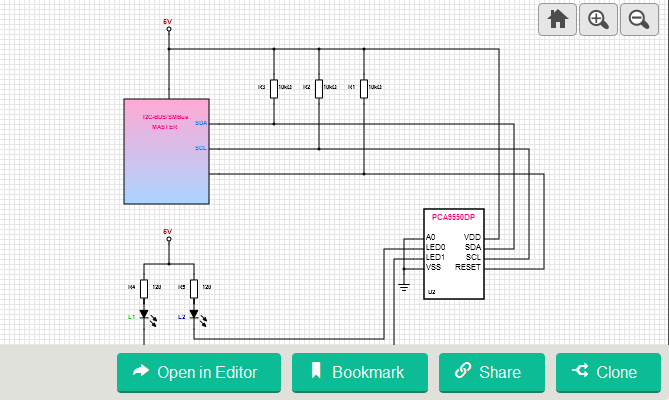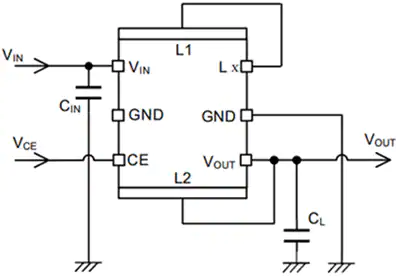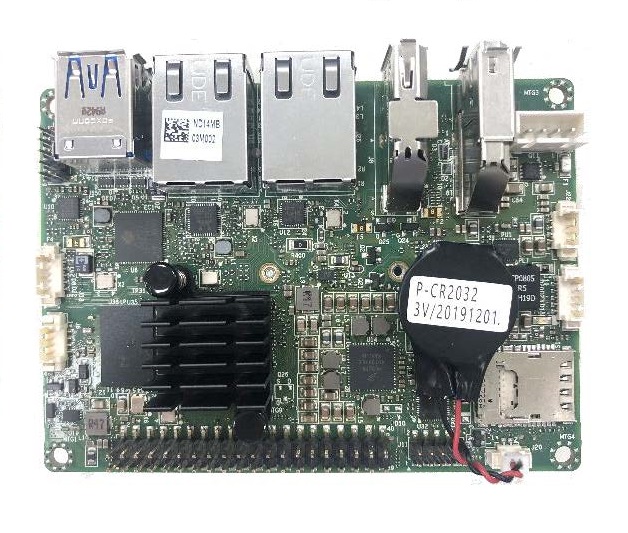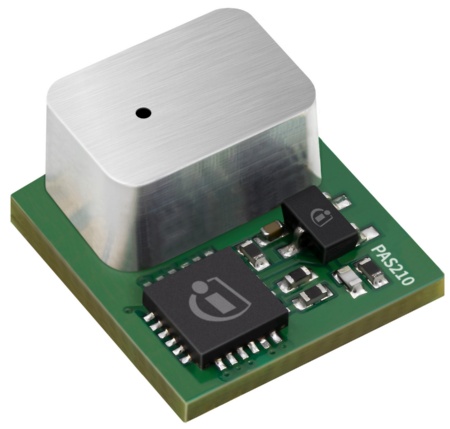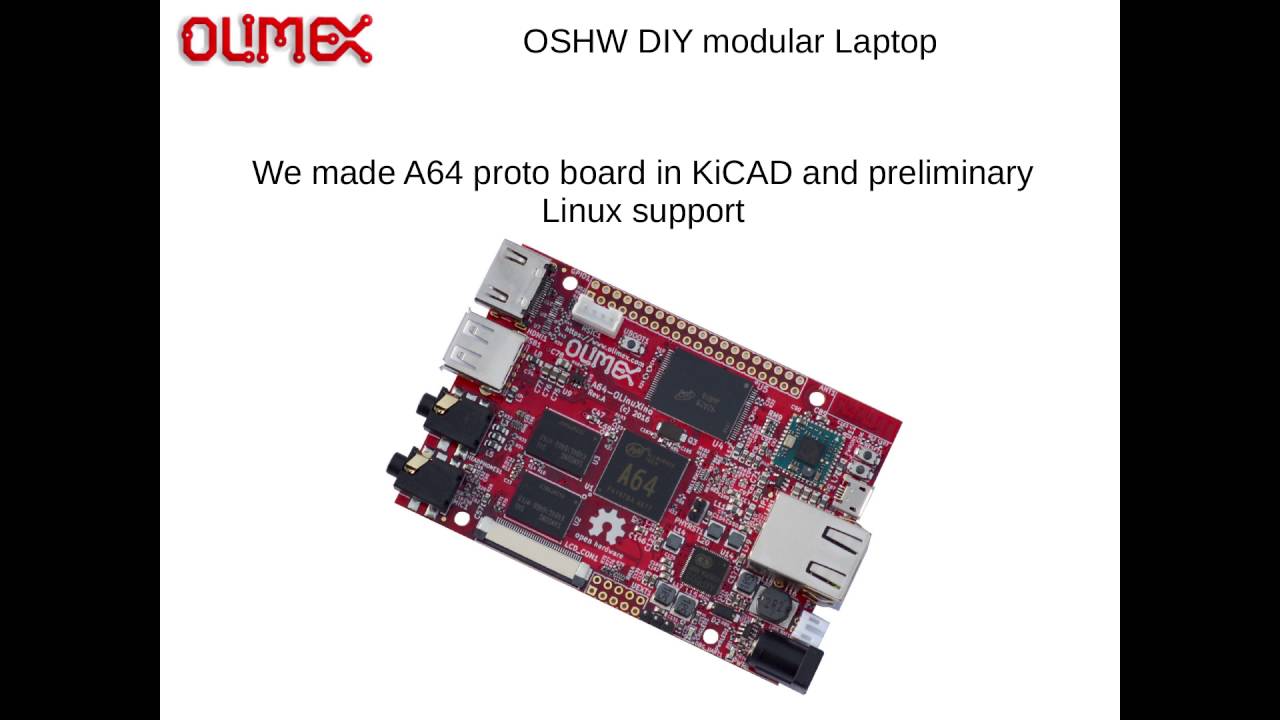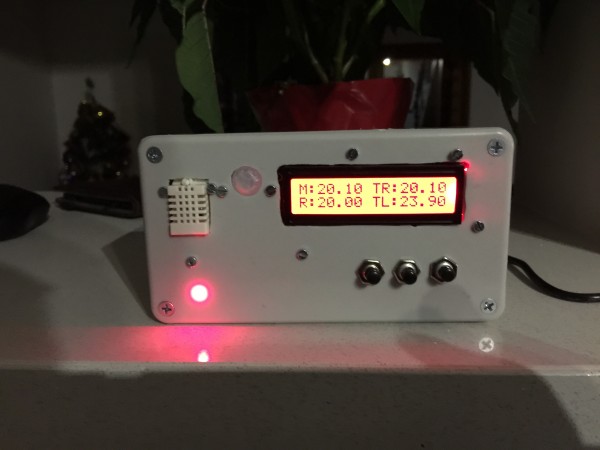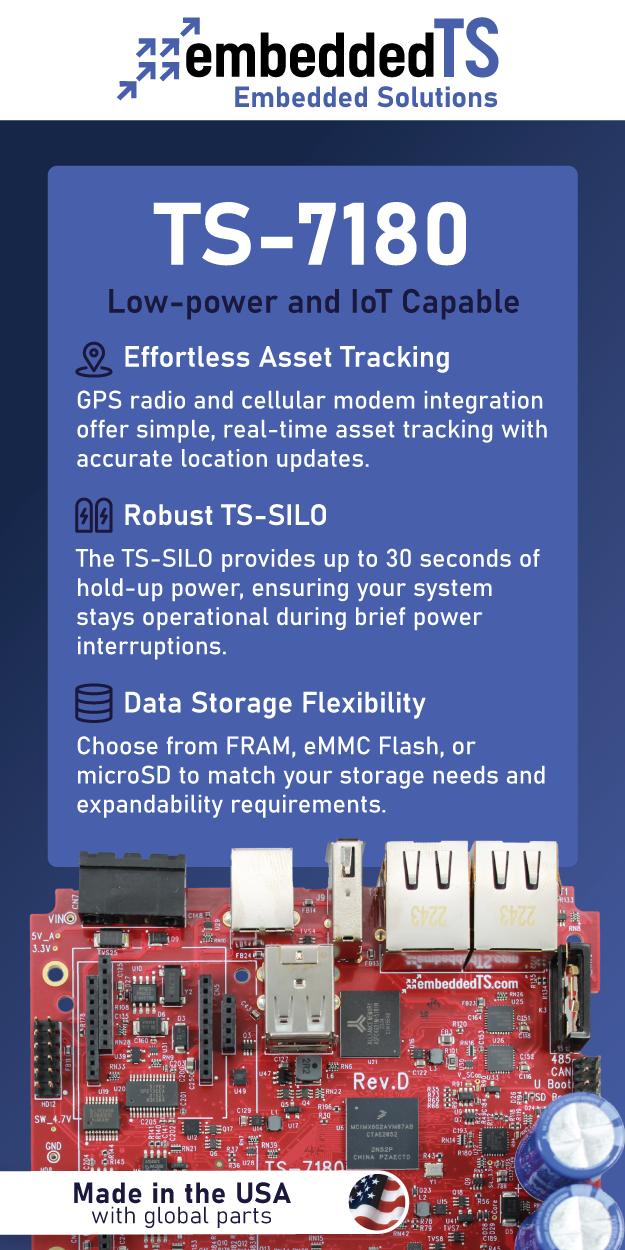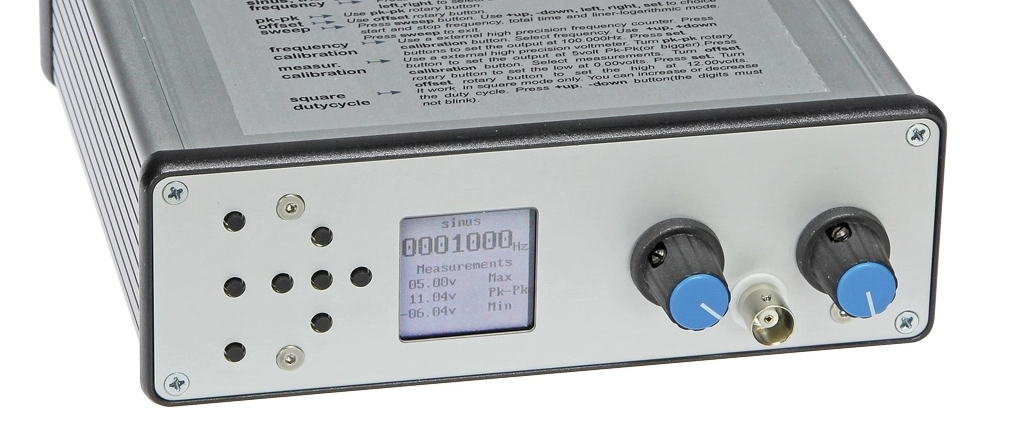
DDS chips are readily available, greatly simplifying the design of the analog part of a wide-range function- or signal generator. All you need to do (they say!) is choose one, add some suitable output circuitry, pick a microcontroller, provide a user interface and start programming. To which we reply: sweet dreams, here is the real story: power to the AD9834!
- Original publication: Elektor magazine 5/2015, page 68.
- Author: Theodorou Gerasimos (Greece) Post engineering: Ton Giesberts (Elektor Labs)
- Free download expires: Friday 17 January 2020.
Specifications
• Direct Digital Synthesis (DDS) with analogue front-end
• Frequency range: 1 – 10 MHz
• Frequency resolution: 0.28 Hz
• Output: 0 – 15 Vpp
• THD+N (100 kΩ load, B > 500 kHz):
— 1 V, 1 kHz: 0.12% (0.09% for B = 22 kHz)
— 5 V, 1 kHz: 0.1% (0.09% for B = 22 kHz)
— 1 V, 10 kHz: 0.1% (0.09% for B = 80 kHz)
— 5 V, 10 kHz: 0.09% (0.08% for B = 80 kHz)
— 1 V, 100 kHz: 0.1%
— 5 V, 100 kHz: 0.08%
• S/N (referred to 1 V): 72 dB
• Maximum output (10 MΩ load):
— Sine: 16 Vpp
— Triangle: 16 Vpp
— Square: 18 Vpp
• DC offset voltage range: –10 to +10 V
• Output impedance: 50 Ω
• Duty cycle (square wave): 1 – 99%
• Rise and fall time (80%, square wave): 100 ns
• Sweep mode
• Power consumption: 3 VA
Like what you’re seeing? Then go to the article page and download a pdf copy of the full, original article. Downloading is free from Friday 10 January to Friday 17 January, 2020.





